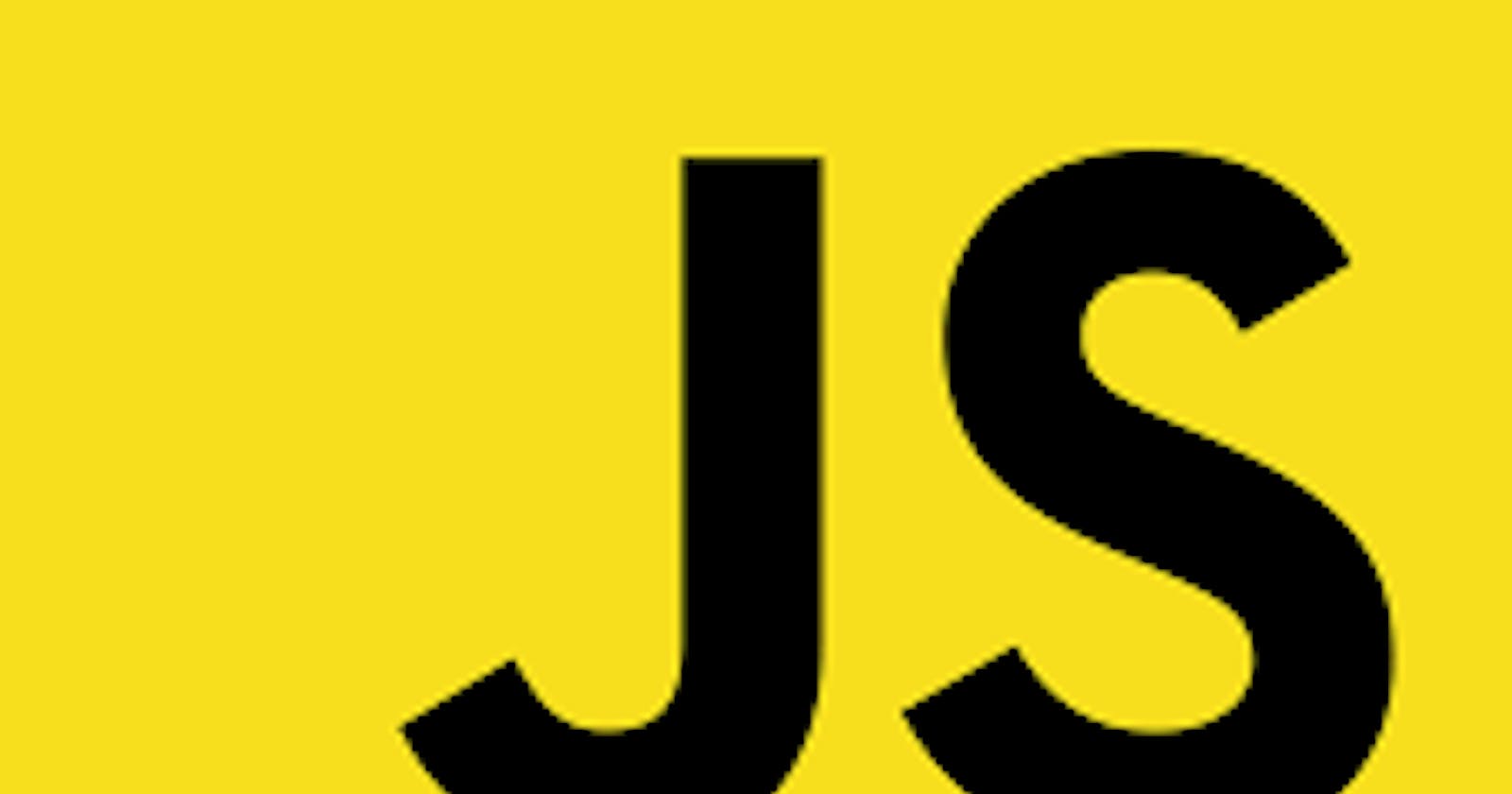What are strings? Strings are basic data types in JavaScript. They do sequence one or more characters whether letters, numbers or symbols.
Strings are always enclosed in single quotes and doubles quotes which we look at today. However, you can use backticks, a case termed as template literal strings which I'll explain in another article.
Take a look at these;
'single quoted string'
"double quoted string"
The quotes used at the start of the string should be used at the end too
Simple, right?, now, let's declare a string variable
You know that variables in JS use the var, const & let keywords... Now, lets use the myNeeds variable to store our string
example:
var myNeeds = "I need books and pens";
Declaring the same string variable in single quotes will give the same output
example:
var myNeeds = 'I need books and pens';
console.log(myNeeds);
output:
I need books and pens
String literals and string values difference
A string literal is what you type into your source code. The string value is what gets output when you print it.
"I need books and pens"
is a string literal. The console.log output which will be
I need books and pens
is a string value.
Escaping literal quotes in strings There are times you will need to escape quotes in your string so as to avoid errors. Say a case like:
'we're here but they're over there.' or say you need to quote what someone said in your string...
To avoid JS errors, you sure need to use the backslash \ before the quote.
How?
'we're here but they\'re over there.'
The above case output would be:
we're here but they're over there
or
"she said, \"we are doing good today\", as we were talking.";
The above case output would be:
she said, "we are doing good today", as we were talking.
What the backslash \ means is that the particular quote is not the end of the string but it should appear in the string value instead.
Sometimes you could choose to use the alternate string syntax which also works just fine.
Example
"we're here but they're over there."
'she said, "we are doing good today", as we were talking.'
String concatenation When joining two or more strings together, we use the concatenation operator which uses the + symbol.
var myNeeds = "I need books " + "and pens"
output:
I need books and pens
But take note of this whitespace case like:
"java " + "script"
would output:
java script
And
"java" + "script"
would output:
javascript
Notice the difference and how to use the whitespace character
Strings can also be concatenated using the += operator
example:
let myNeeds = "I need books. ";
myNeeds += "I also need pens too.";
Our output here for myNeeds would be:
I need books. I need pens too.
Finally, remember we said we can escape quotes by use of a backslash...We can also escape other characters like:
\r to get carriage return
\n to get to a newline
\t to get the tab....to show case but a few.
For your output to show a single backslash you would then need to use two backslashes.
Conclusion
Today we were able to learn about strings in JavaScript. Remember at the beginning I mentioned template literal strings which I will also on write as a separate article for an in depth covering.
Todays quote, "whether you want to uncover the secrets of the universe, or you want to pursue a career in the 21st century, basic computer programming is an essential skill to learn." Stephen Hawking
Thank you for reading, comment below and let me know what you think. Bye for now.
